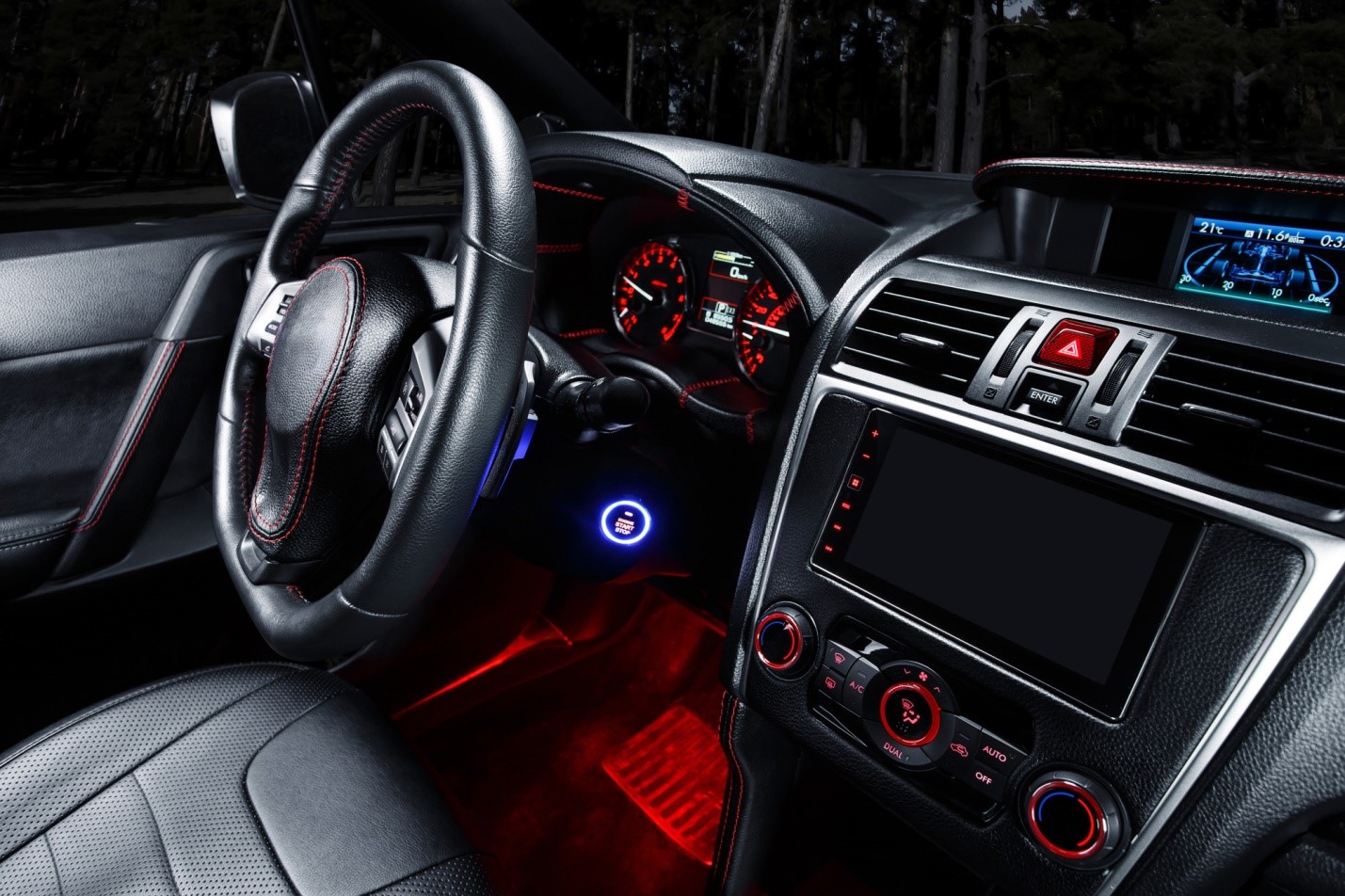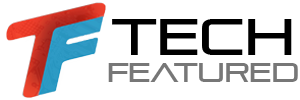With the cost of car repair going up, choosing the right repair shop is more important than ever. If you are paying a couple of hundreds of dollars to have your car repaired, you had better be sure that every dollar you've spent was really needed to repair your car and wasn't just an inflated shop's price or totally unnecessary repair.
Which shop is better? The dealership? A large repair shop? A small independent shop?
Each one has it's positives and negatives …
Each one is under pressure to make money in order to survive …
The dealership has the latest diagnostic equipment and the factory trained technicians,
but the cost of labor, about $ 90 per hour, is not uncommon (not to mention the cost of parts …)
Large repair shop. Prices are better than at the dealership, but availability of latest
diagnostic equipment and factory trained technicians are in question …
Small repair shop. These shops simply can't afford the investment needed to buy or
rent the expensive diagnostic equipment or expensive training.
Back to the original question – how to choose the right repair shop? There is no simple
answer ….
First of all, the shop and repair area should be clean and the shop's technicians should be
ASE certified.
There always be a question: how honest are shop's employees? You always need
references from other people, who have used this shop before, and you always have to check
with local BBB (Better Business Bureau) for complaints against this repair shop.
If the nature of your car's problem has been determined, and car doesn't need any additional
diagnostic, like if you need a brake job, you can go to the small independent shop if you
know a good and honest mechanic there. They can do a good job and their prices are very
competitive.
If your car does need a diagnostic, its always better to go to the place that has the proper
diagnostic equipment (not necesserally the car dealer). Read following information before
you go and spend some money …
Most of the cars on the road today have the OBDII – on board diagnostic system. If you have
inexpensive scanner (code reader) that cost $ 50 – $ 80, you can connect this scanner to the
connector below the steering column and scan on-board diagnostic computer for so-called "trouble
codes. "If scanner shows any trouble codes, refer to the booklet that comes with the scanner.
In most cases, the booklet will give you an idea, which system is mulfunctioning.
Your benefit? If you know what system is mulfunctioning, and the service advisor at the
repair shop tells you that something completely different should be fixed, you know what is
going on …
Also, for example, if your scanner tells you that problem is your oxygen sensor. If problem is not
the wire, that connects the sensor to the car's electrical system, you can call around, get
prices for the part and labor, and choose a place to replace the sensor. If, after repair is done,
your scanner doesn't show the oxygen sensor related trouble code, the problem was fixed!
You can save a lot of money this way!
Like we have said before, the inexpensive scanner (code reader) is your first line of defense
against high auto repair prices and dishonest technicians …
Lastly, the proper maintenance will help to minimize unexpected repairs, which will save you
money!











